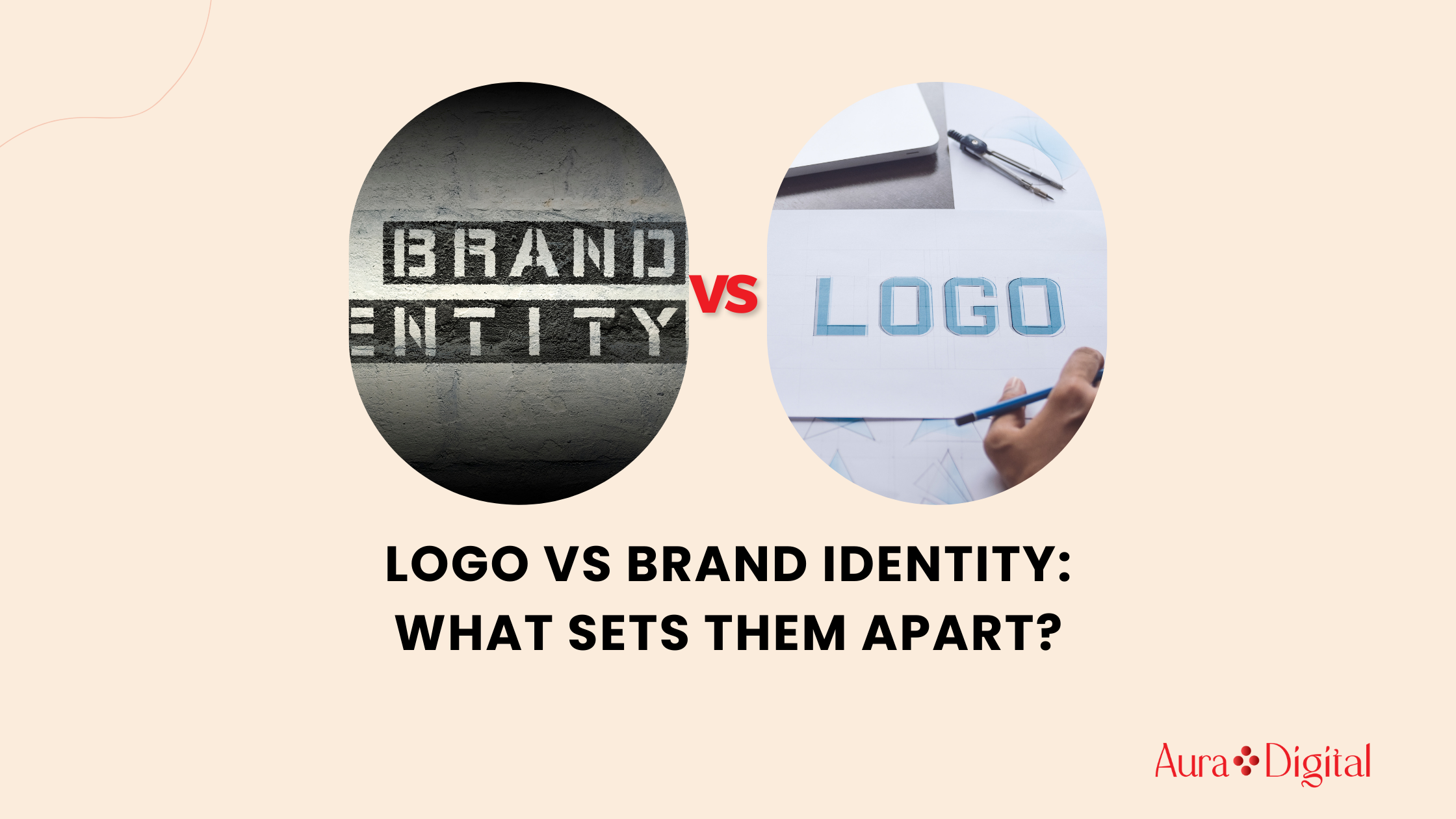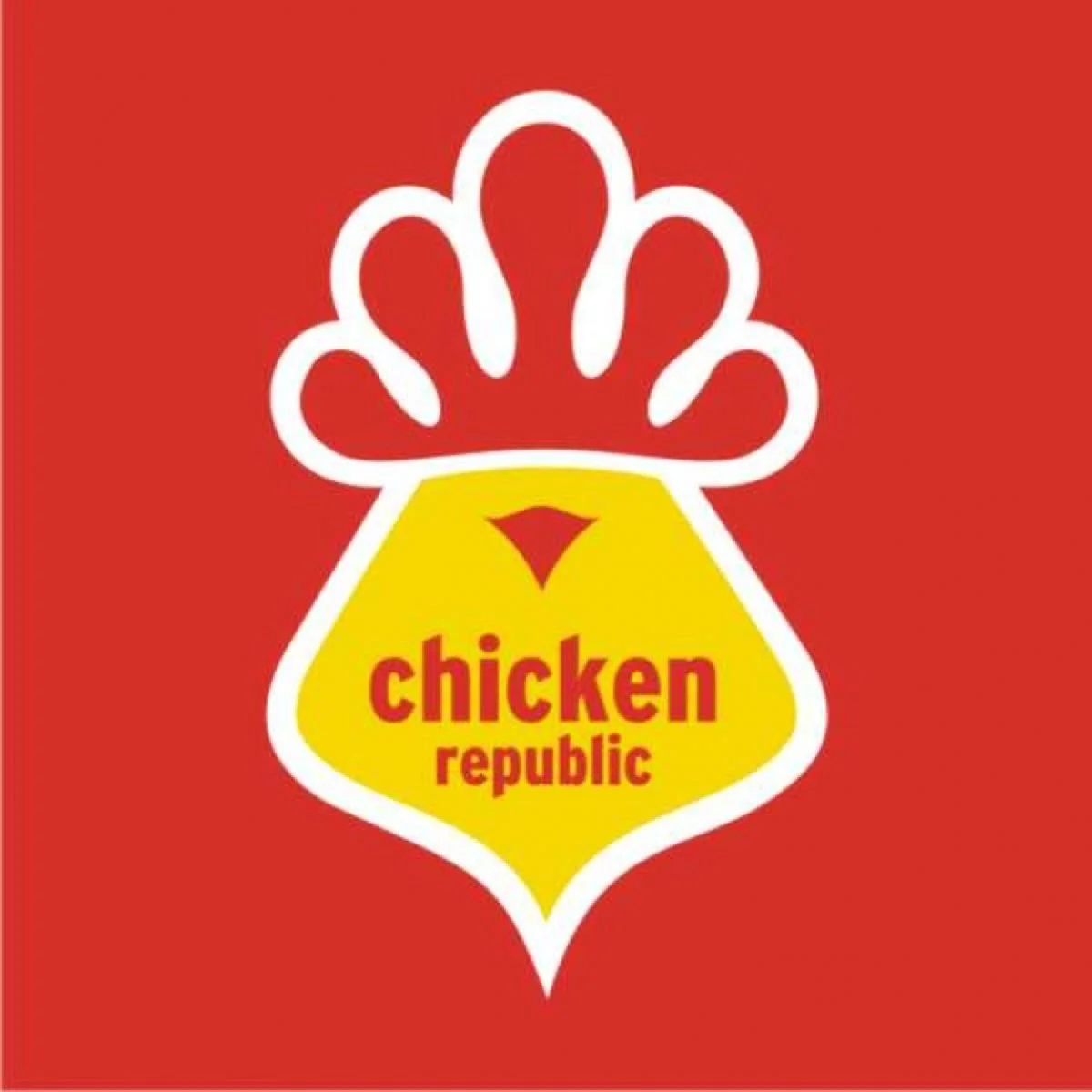Logo vs. Brand Identity: What Sets Them Apart?
"Logo" and "Brand identity" are often used interchangeably, which is a misconception that is very common in this side of digital marketing; but they represent two distinct elements that play crucial roles in shaping a company's image and perception.
To shed light on this topic, this article delves into the difference between a logo and brand identity, using the iconic Chicken Republic as an example.
Follow me 👇🏾
What sets a logo apart from its brand identity?
Think of a logo as the face of the brand. A logo is defined as a visual that represents a company, brand, or organization. In essence, it means a logo is a graphical representation that encapsulates the essence of a brand in a simple yet memorable design.
fbdsnigeria.com
For instance, Chicken Republic, a well-known franchise in the Nigerian market, portrays a logo that features the comb of a rooster, with bold typography, instantly evoking images of delicious chicken offerings and a warm, inviting atmosphere.
Logos are often created using typography, symbols, or a combination of both. A well-designed logo is memorable, distinct, and communicates the brand's essence. While a logo is an essential component, brand identity encompasses a broader spectrum of elements that collectively define the brand's personality, values, and positioning. It includes visual elements such as color schemes, typography, imagery, as well as non-visual elements like brand voice, messaging, and values.
A brand identity includes the tangible and intangible aspects that represent a business, such as its:
Values
Personality
Messaging
Visual elements
Customer experience, and more…
Branding involves creating a consistent and cohesive identity that aligns with the brand’s objectives and resonates with its target audience.
Chicken Republic's brand identity goes beyond its logo, incorporating a vibrant red color scheme, playful imagery of chickens, and a friendly, upbeat brand voice in its marketing communications. These elements work together to create a cohesive brand experience that resonates with customers and distinguishes Chicken Republic from its competitors.
For one of our past clients, Breeze Beach Club, we crafted a comprehensive brand identity that extends far beyond just the logo. Starting with their existing logo, we developed a cohesive brand identity by incorporating the logo's colors into a soothing coastal-inspired palette. We then selected elegant typography that complemented the logo's style. These core brand elements - logo, colors, and typography - formed the foundation for Breeze Beach Club's visual identity.
We applied this brand identity consistently across all touchpoints to position Breeze Beach Club as an upscale coastal destination. This included developing their online presence to showcase the brand's sophistication and relaxed ambiance.
While a logo serves as the initial point of contact for people, it's the cohesive brand identity that leaves a lasting impression and fosters brand loyalty. A well-executed brand identity ensures consistency across all touchpoints, from the website and social media to marketing collateral and customer interactions, reinforcing the brand's identity at every turn.
Chicken Republic's success is not solely attributed to its iconic logo but also to the meticulous cultivation of its brand identity, which resonates with its target audience and fosters a sense of familiarity and trust. This shows that “A logo is a vital part of branding, but it is not the sole representation of a brand’s identity”.
In conclusion, while a logo serves as the visual cornerstone of a brand, brand identity encompasses many approaches that extend beyond the logo to encompass all aspects of the brand experience. A brand needs to have a logo and in a larger picture, a brand identity.
By understanding and leveraging both logo design and brand identity, a business can establish a distinctive presence in the market and forge meaningful connections with its audience.




